If you’re living in a home or apartment with limited natural light, you might think that keeping indoor plants is out of reach. However, there are plenty of beautiful, low-light indoor plants that thrive in conditions with minimal sunlight. These plants not only add a touch of nature to your space but also improve air quality and create a calming atmosphere. In this article, we’ll explore the best indoor plants for low light conditions that are perfect for transforming your living space.
1. Snake Plant (Sansevieria)
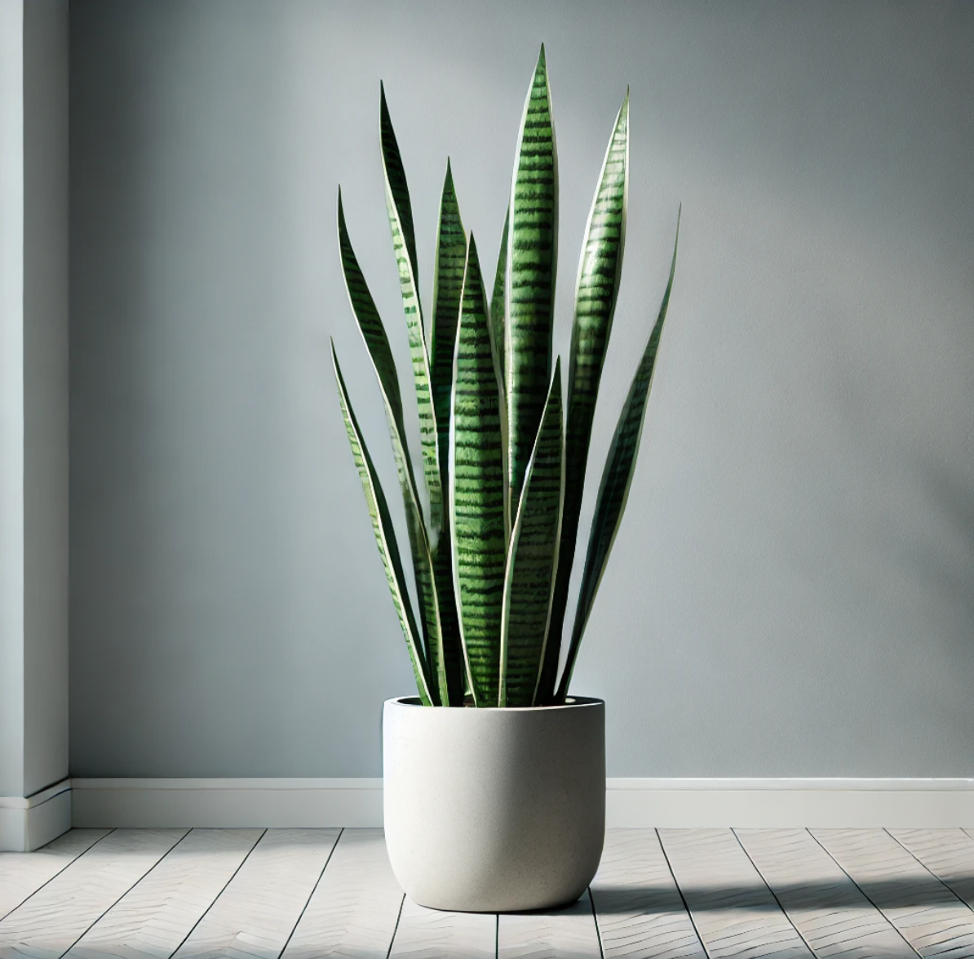
The Snake Plant, also known as Mother-in-Law’s Tongue, is one of the most resilient indoor plants you can find. It’s highly adaptable and can survive in low light, making it perfect for dim corners or rooms with small windows.
- Care Tips: Snake Plants require very little water and can tolerate neglect. Water them every 2-4 weeks and let the soil dry out between waterings.
- Benefits: This plant is known for its air-purifying qualities, removing toxins like formaldehyde and benzene from the air.
2. ZZ Plant (Zamioculcas Zamiifolia)
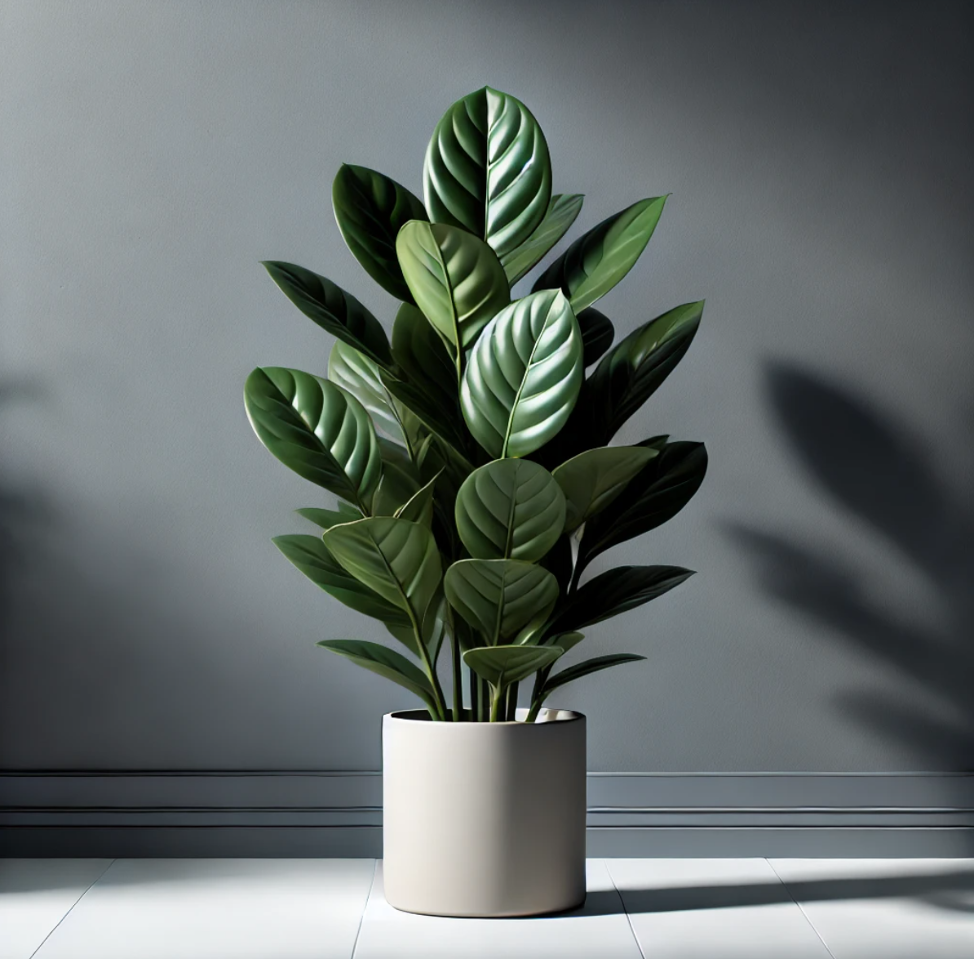
The ZZ Plant is another tough indoor plant that thrives in low light. It has glossy, dark green leaves that add a touch of elegance to any room.
- Care Tips: The ZZ Plant is drought-tolerant and only needs to be watered once every few weeks. It prefers well-draining soil and indirect light, though it can survive in low-light environments.
- Benefits: The ZZ Plant is also known for its ability to purify the air and remove pollutants.
3. Pothos (Epipremnum Aureum)

Pothos, also known as Devil’s Ivy, is a versatile and easy-to-grow plant that does well in a variety of indoor environments, including low light.
- Care Tips: Pothos is very low-maintenance. It can be grown in soil or water and requires infrequent watering. It thrives in indirect light but can also tolerate low-light conditions.
- Benefits: Pothos is an excellent plant for beginners and can be used in hanging baskets or trained to climb. It also helps remove toxins from the air.
4. Spider Plant (Chlorophytum Comosum)
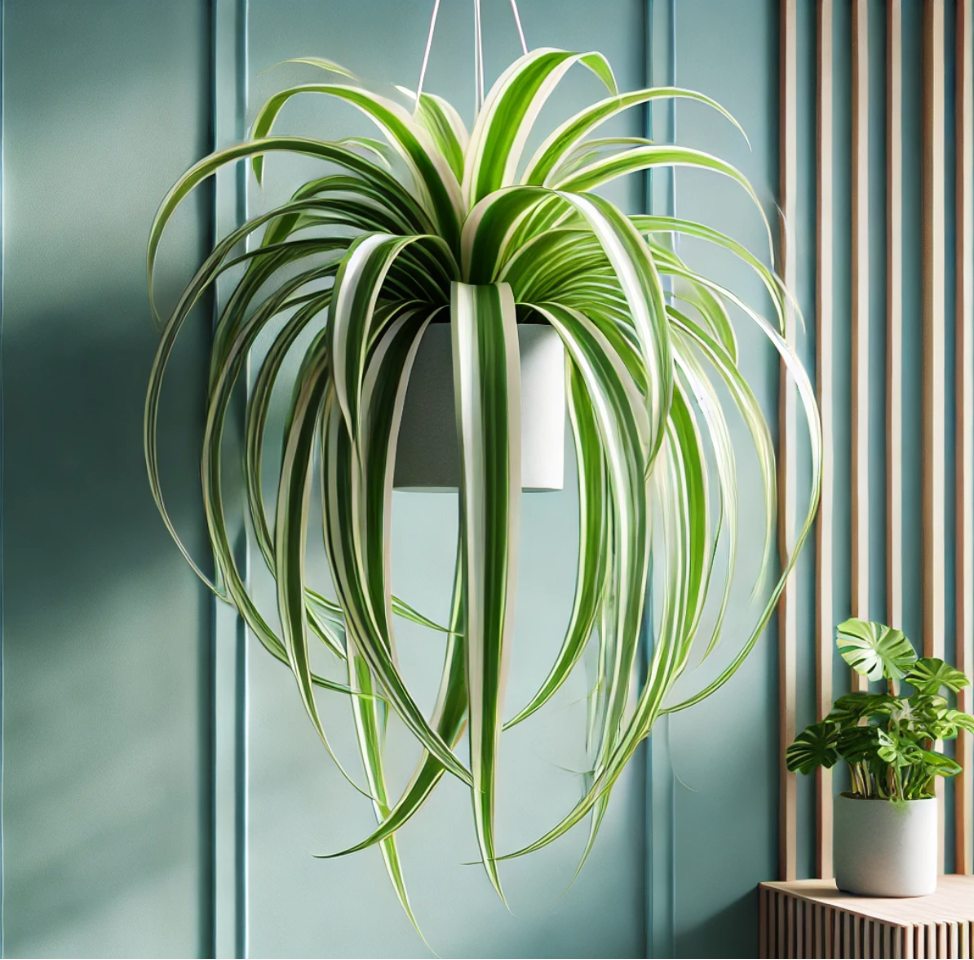
Spider Plants are classic houseplants that are well-suited to low-light areas. They’re known for their arching, variegated leaves and ability to produce “pups,” which can be propagated into new plants.
- Care Tips: Spider Plants prefer moderate to low light and should be watered when the soil is dry. They’re also tolerant of varying levels of humidity.
- Benefits: These plants are non-toxic to pets and children and are great for removing formaldehyde and xylene from the air.
5. Peace Lily (Spathiphyllum)

The Peace Lily is a popular indoor plant with striking dark green leaves and white “flowers” (which are actually spathes). It’s ideal for low-light environments and adds a touch of elegance to any room.
- Care Tips: Peace Lilies thrive in low to medium light and prefer to be kept in slightly moist soil. Be careful not to overwater, as they are prone to root rot.
- Benefits: Peace Lilies are known for their ability to improve indoor air quality by removing toxins like ammonia, benzene, and formaldehyde.
6. Cast Iron Plant (Aspidistra Elatior)

As its name suggests, the Cast Iron Plant is incredibly hardy and can tolerate neglect, low light, and varying temperatures.
- Care Tips: This plant prefers low to moderate light and should be watered when the soil is dry. It’s slow-growing but very low-maintenance.
- Benefits: The Cast Iron Plant is perfect for beginners or those with a busy lifestyle. It’s also non-toxic to pets.
7. Chinese Evergreen (Aglaonema)
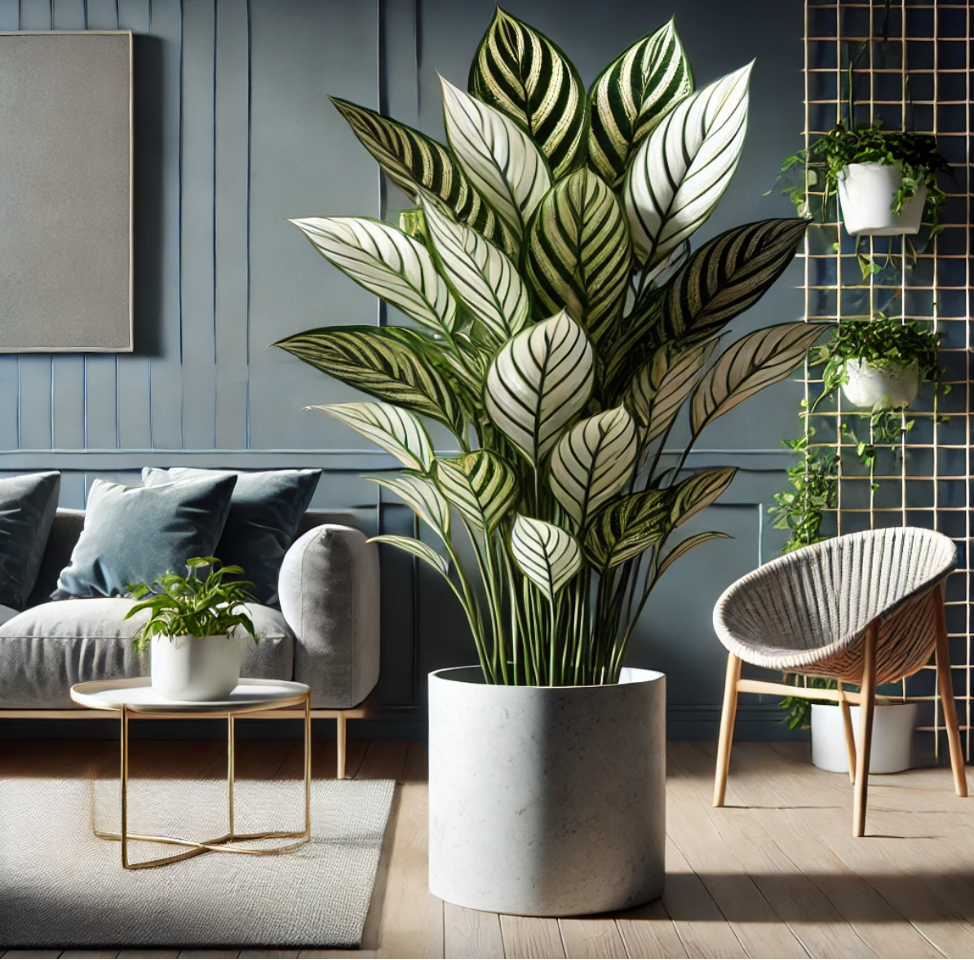
Chinese Evergreens are known for their attractive, variegated leaves and ability to thrive in low light. They come in a variety of colors, from green to silver and even red.
- Care Tips: These plants prefer low to medium light and should be watered regularly, allowing the soil to dry out slightly between waterings.
- Benefits: Chinese Evergreens are not only beautiful but also effective at filtering toxins from the air, including benzene and formaldehyde.
8. Philodendron
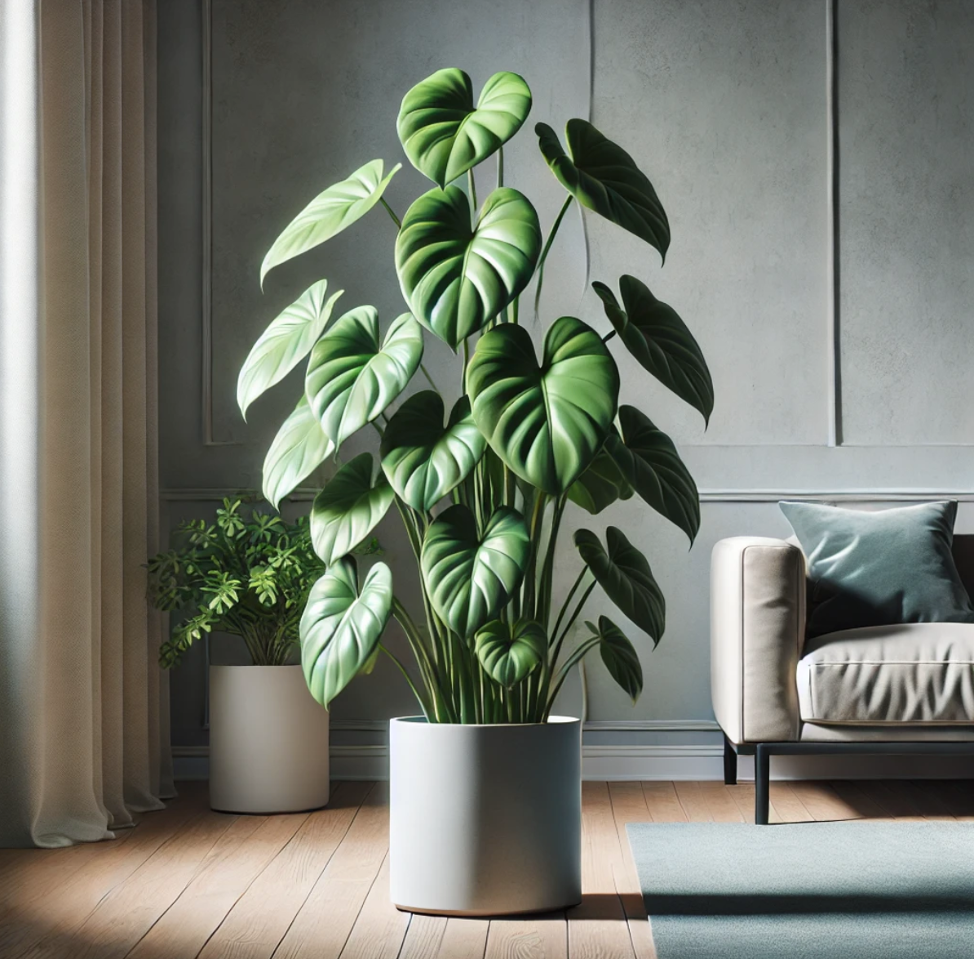
Philodendrons are popular houseplants that do well in low light. They’re available in many varieties, including climbing and non-climbing types, making them versatile for different indoor spaces.
- Care Tips: Philodendrons prefer indirect light but can adapt to low-light conditions. They should be watered when the top inch of soil is dry.
- Benefits: Philodendrons are easy to care for and can help improve indoor air quality by removing common toxins.
9. Dracaena
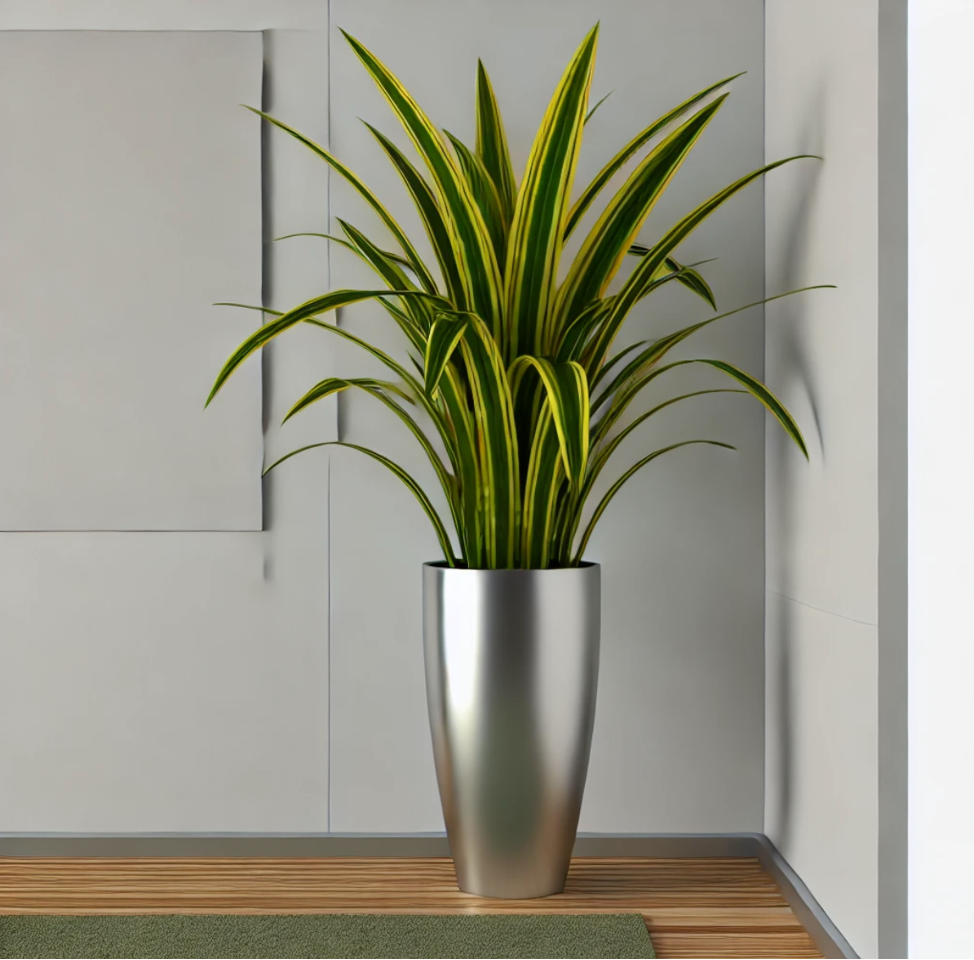
Dracaena plants are known for their striking, sword-like leaves and ability to thrive in low-light conditions. They’re available in various species, each with unique leaf patterns and colors.
- Care Tips: Dracaenas prefer low to moderate light and should be watered when the top inch of soil is dry. Be sure to avoid overwatering.
- Benefits: Dracaenas are excellent for adding height and structure to your indoor plant collection while also purifying the air.
10. Ferns (Various Species)
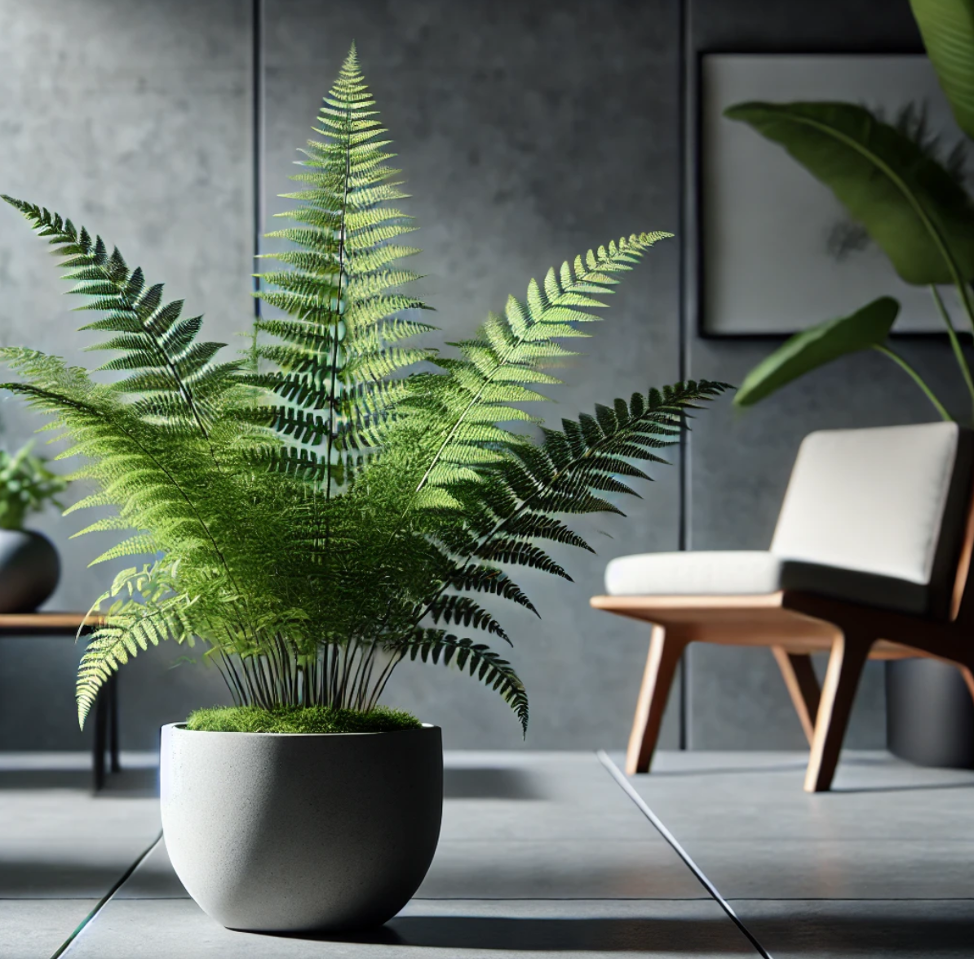
Ferns are classic houseplants that do well in low light, especially in humid environments like bathrooms. Popular varieties include Boston Fern and Maidenhair Fern.
- Care Tips: Ferns prefer low to medium light and high humidity. Keep the soil consistently moist but not waterlogged.
- Benefits: Ferns are great for adding a touch of greenery to dark, humid spaces and can help improve air quality.
Conclusion
You don’t need a sun-soaked space to enjoy the benefits of indoor plants. These low-light indoor plants are perfect for adding life and beauty to any room in your home, regardless of the available natural light. Whether you’re looking to purify the air, create a calming environment, or simply enjoy the beauty of nature indoors, these plants are easy to care for and thrive in low-light conditions.

